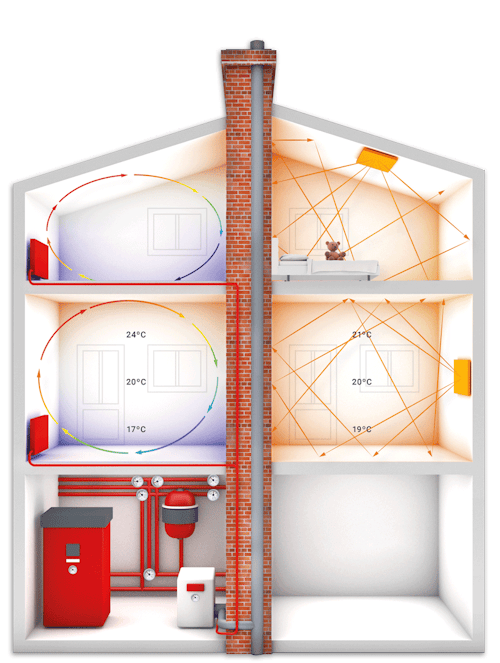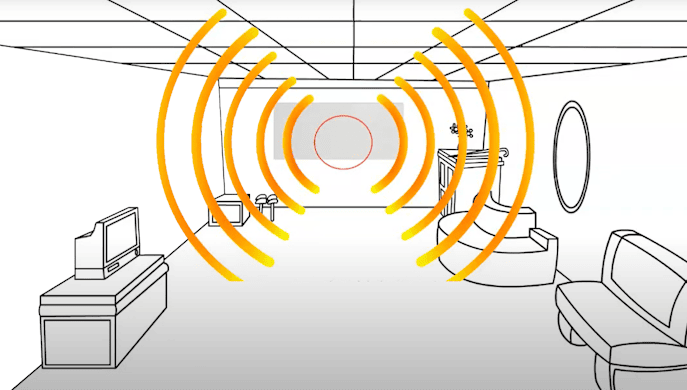Radiators vs Infrared Panel Heaters: Which is Best for Your Home?
Radiators vs Infrared Panel Heaters: Which is Best for Your Home?
When it comes to heating your home, you've got several options to choose from. Two popular choices are traditional radiators and infrared panel heaters. While both serve the purpose of keeping your space warm, they operate in fundamentally different ways and offer distinct advantages. Let's explore the key differences between these two heating systems to help you make an informed decision for your home.
How They Work
Radiators
Traditional radiators work on the principle of convection heating. They warm the surrounding air, which then circulates throughout the room. As the warm air rises, it pushes cooler air down, creating a continuous cycle of air movement. This process gradually heats the entire room, including the objects and people within it.
Infrared Panel Heaters
Infrared panel heaters, on the other hand, use radiant heating. They emit infrared radiation that directly heats objects and people in its path, similar to how the sun warms the earth. This type of heating doesn't primarily warm the air, but instead heats solid surfaces, which then radiate heat back into the room.

Energy Efficiency
Infrared panel heaters are generally considered more energy-efficient than traditional radiators. They convert nearly 100% of the electricity they use into heat, whereas radiators can lose some energy through the pipes and in the process of heating the air. Additionally, because infrared heaters warm objects directly, they can provide comfort at lower air temperatures, potentially reducing overall energy consumption.
Heat Distribution
Radiators typically take longer to heat a room evenly, as they rely on air circulation to distribute warmth. This can result in cold spots, especially in larger or poorly insulated spaces. Infrared panels, however, provide more immediate and targeted heating. They warm objects and surfaces directly, which can lead to a more uniform heat distribution throughout the room.
Installation and Flexibility
Traditional radiators often require professional installation, especially if they're part of a central heating system. They're usually fixed in place and can be bulky, taking up valuable wall space. Infrared panels, in contrast, are generally easier to install and can be more flexible in terms of placement. They can be mounted on walls or ceilings, and some models are even designed to look like artwork, blending seamlessly with your decor.
Health and Comfort

Cost Considerations
The initial cost of infrared panels is typically higher than that of traditional radiators. However, their potential for energy savings and lower maintenance requirements could offset this higher upfront cost over time. It's important to consider both short-term and long-term expenses when making your decision.
Suitability for Different Spaces
Conclusion
Consider your priorities and the unique characteristics of your home when making your decision. You might even find that a combination of both systems could provide the optimal heating solution for different areas of your home.



